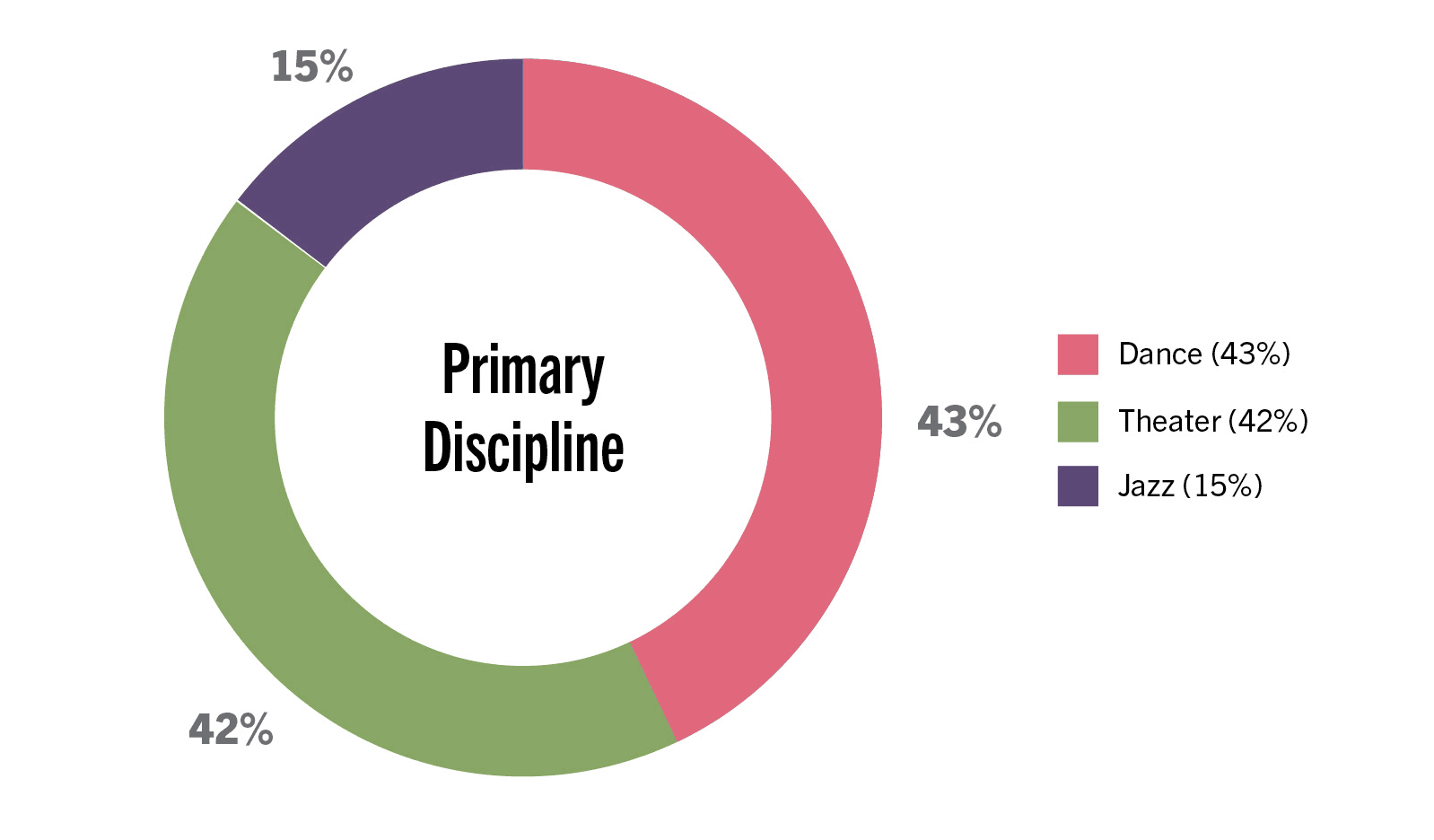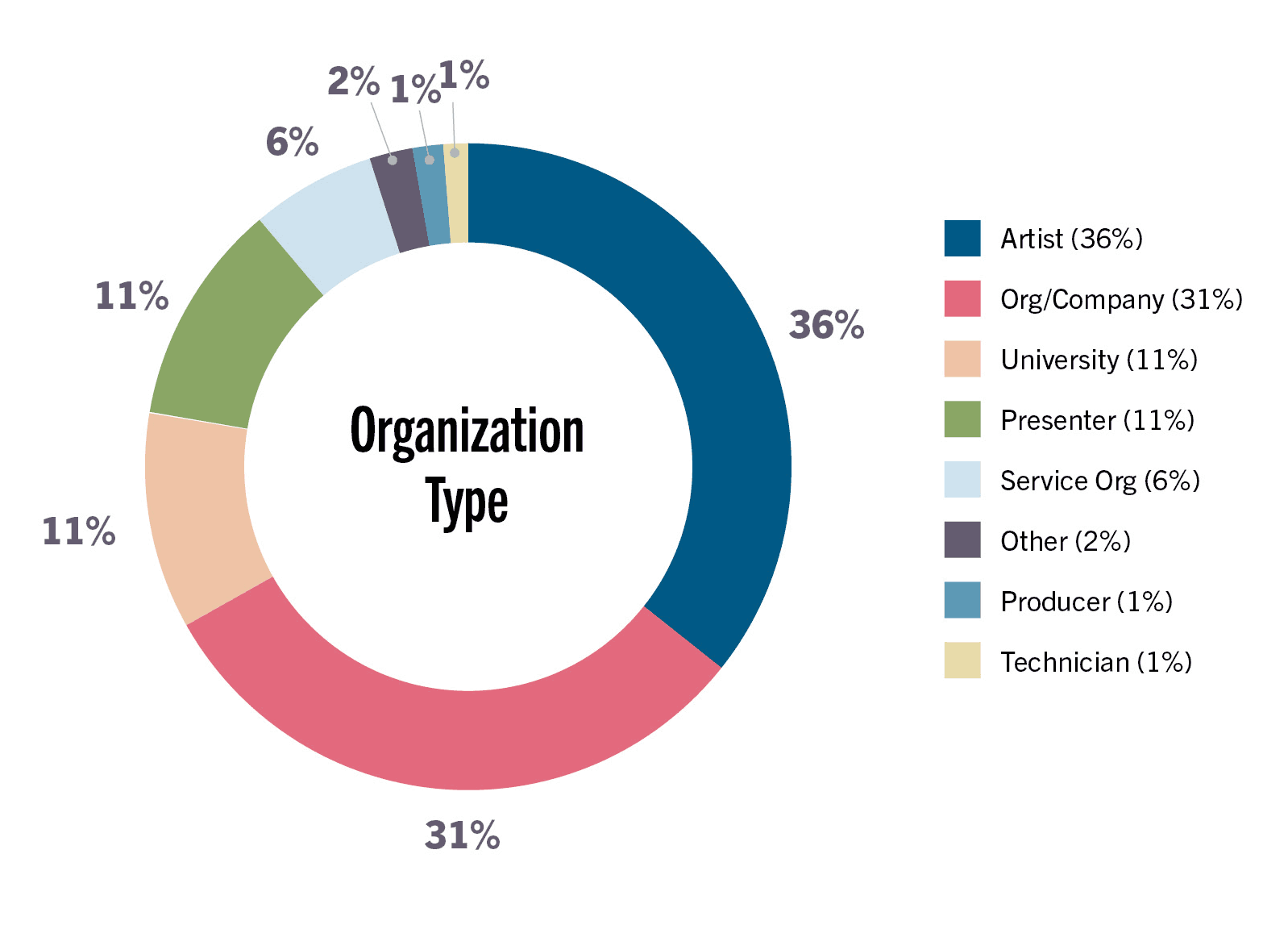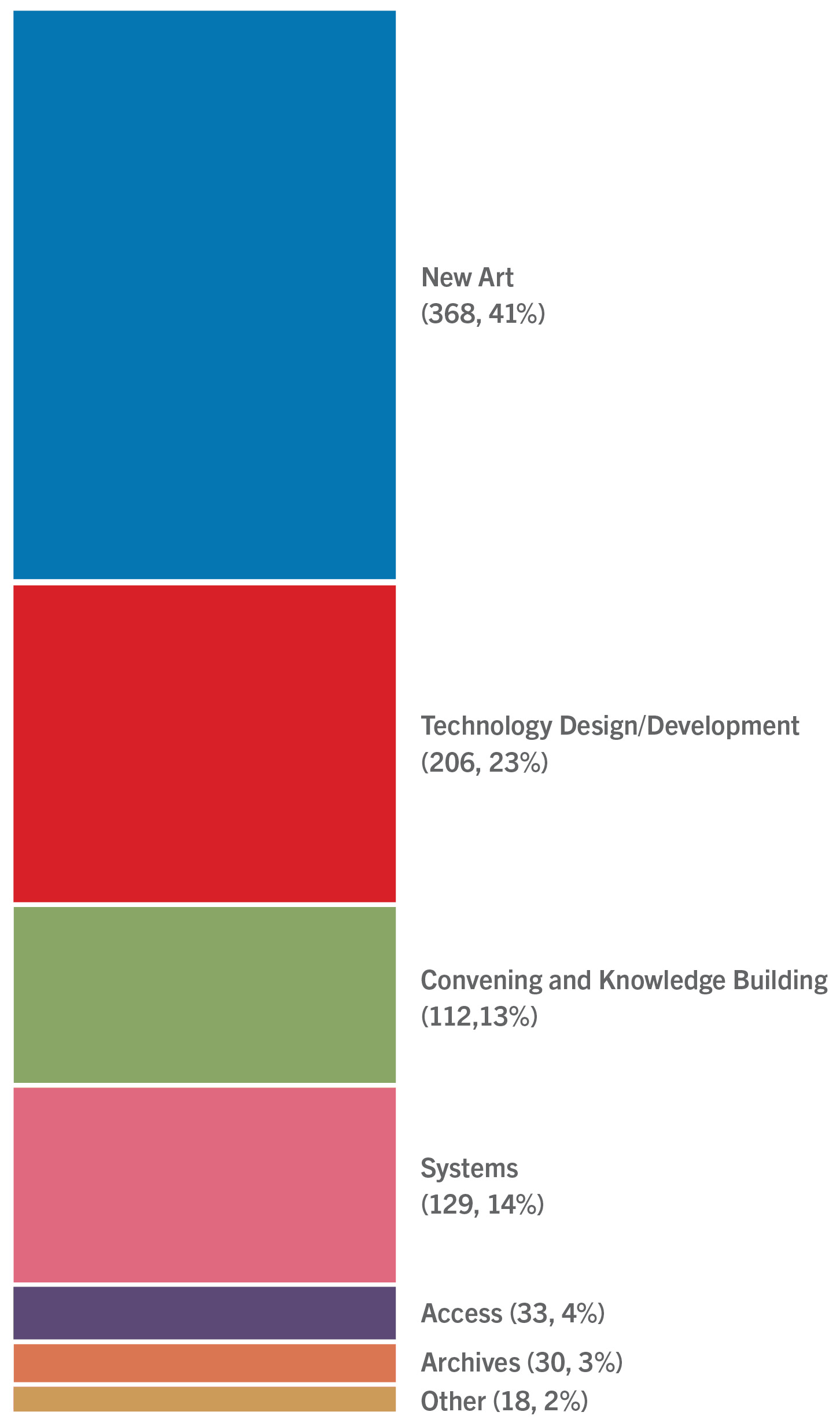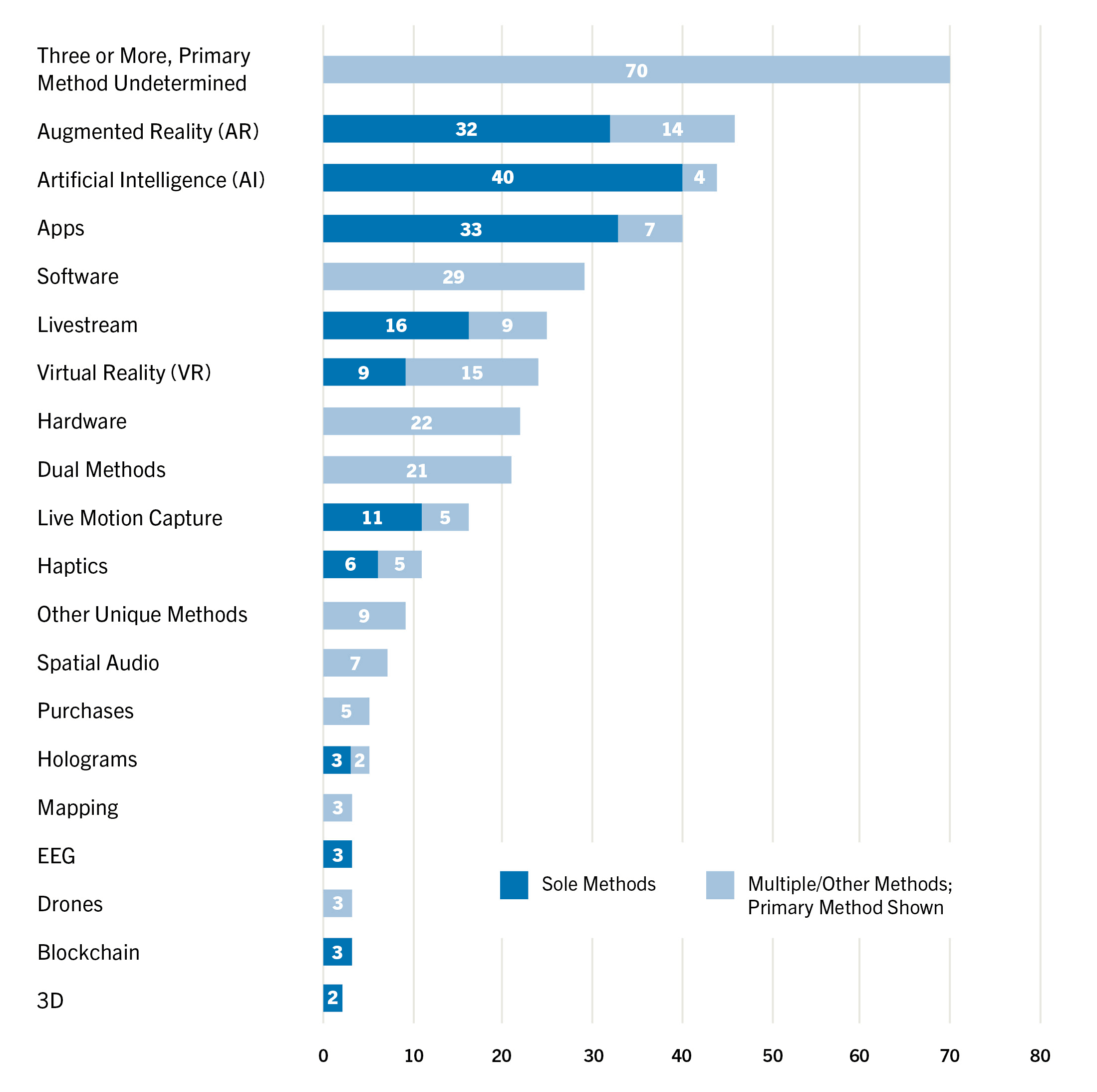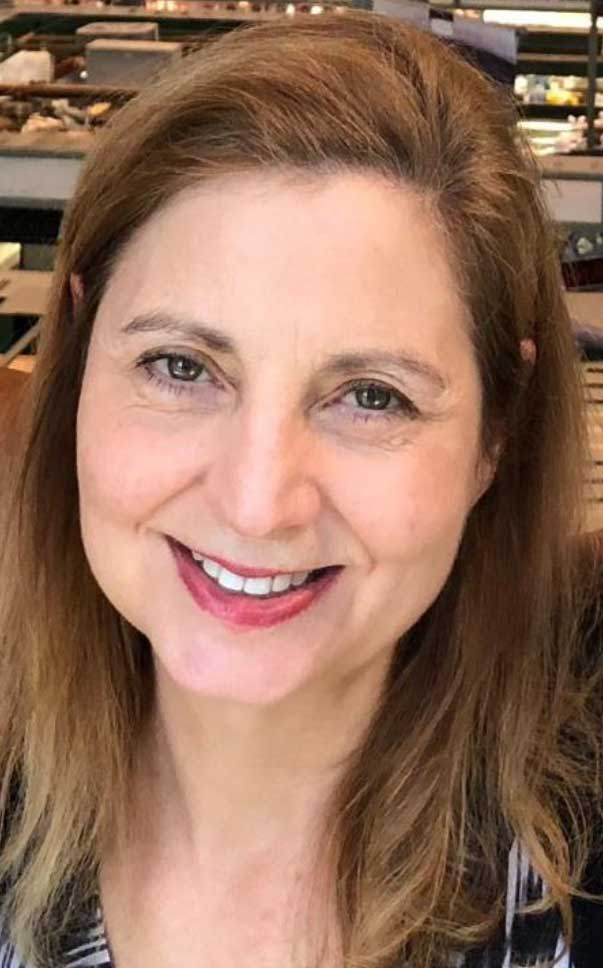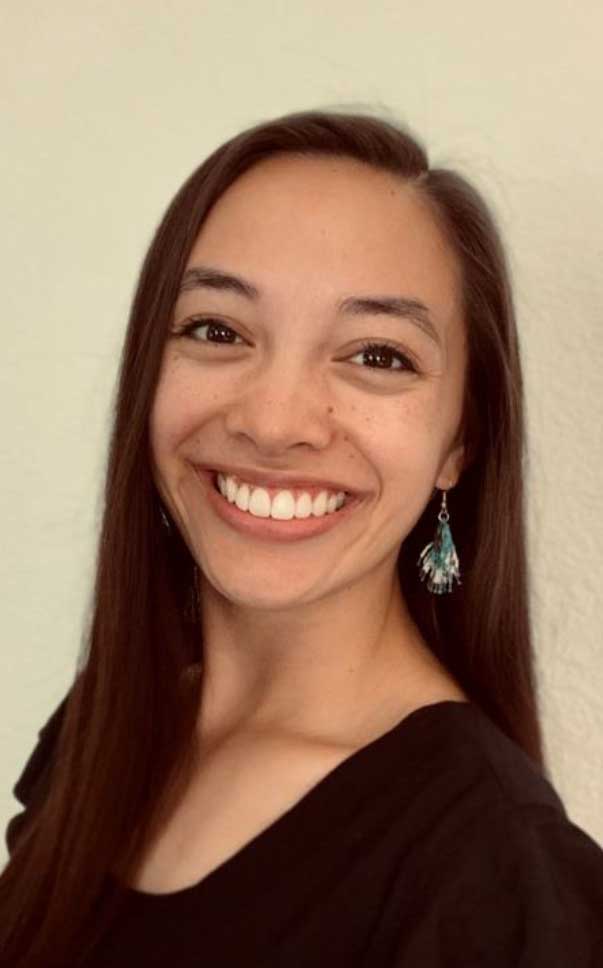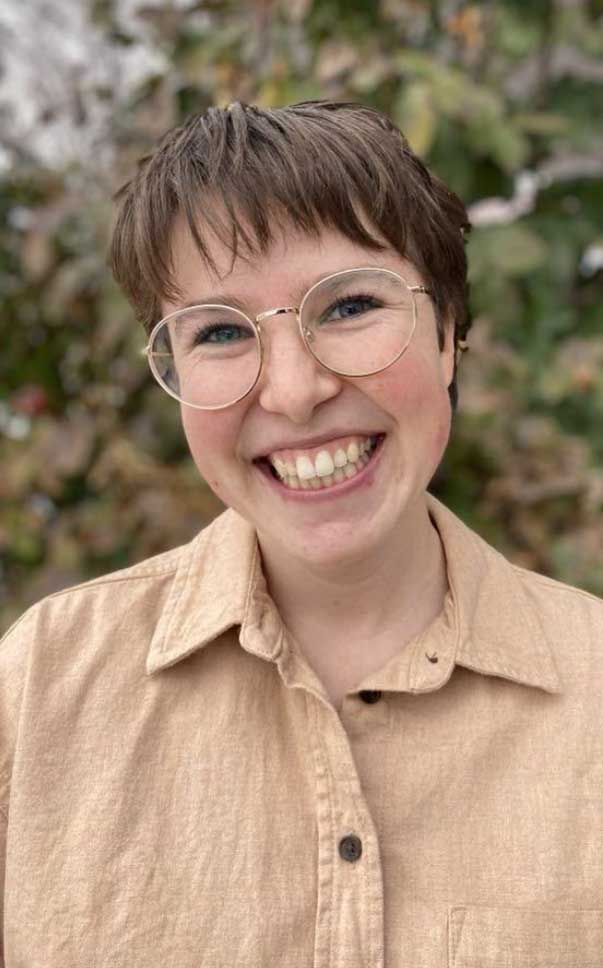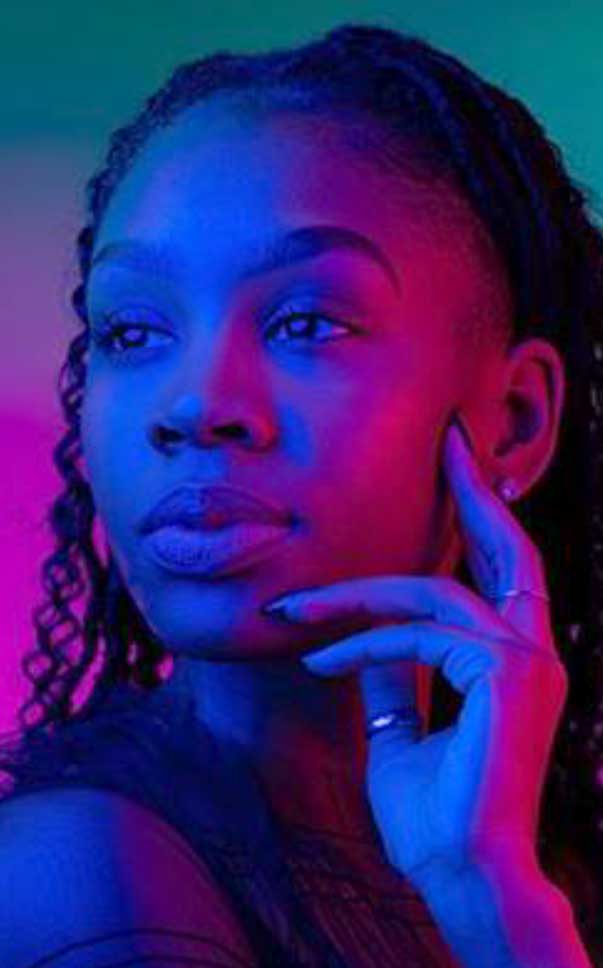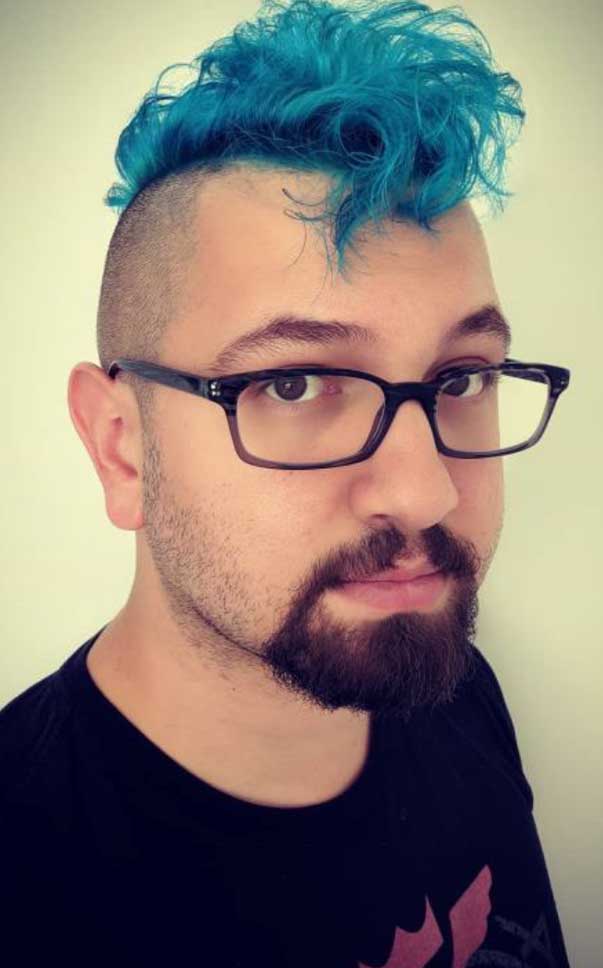TECHNOLOGY AND THE PERFORMING ARTS: A FIELD SCAN

A Multiplicity of Tech Innovation
In March 2024 the Doris Duke Foundation’s (DDF) Arts Program launched a request for proposals for phase one of the Performing Arts Technologies Lab (PATL), which would provide support for rapid prototyping and feasibility testing of big ideas at the intersection of the performing arts and digital technology. The program received 745 applications. As a service to the field, DDF commissioned Callahan Consulting for the Arts to review all applications for characteristics and themes. In their project designs and methodologies, applicants combined a wide variety of methods, tools, and ideas. Below are highlights of our findings.
Read about PATL on the DDF website here.

